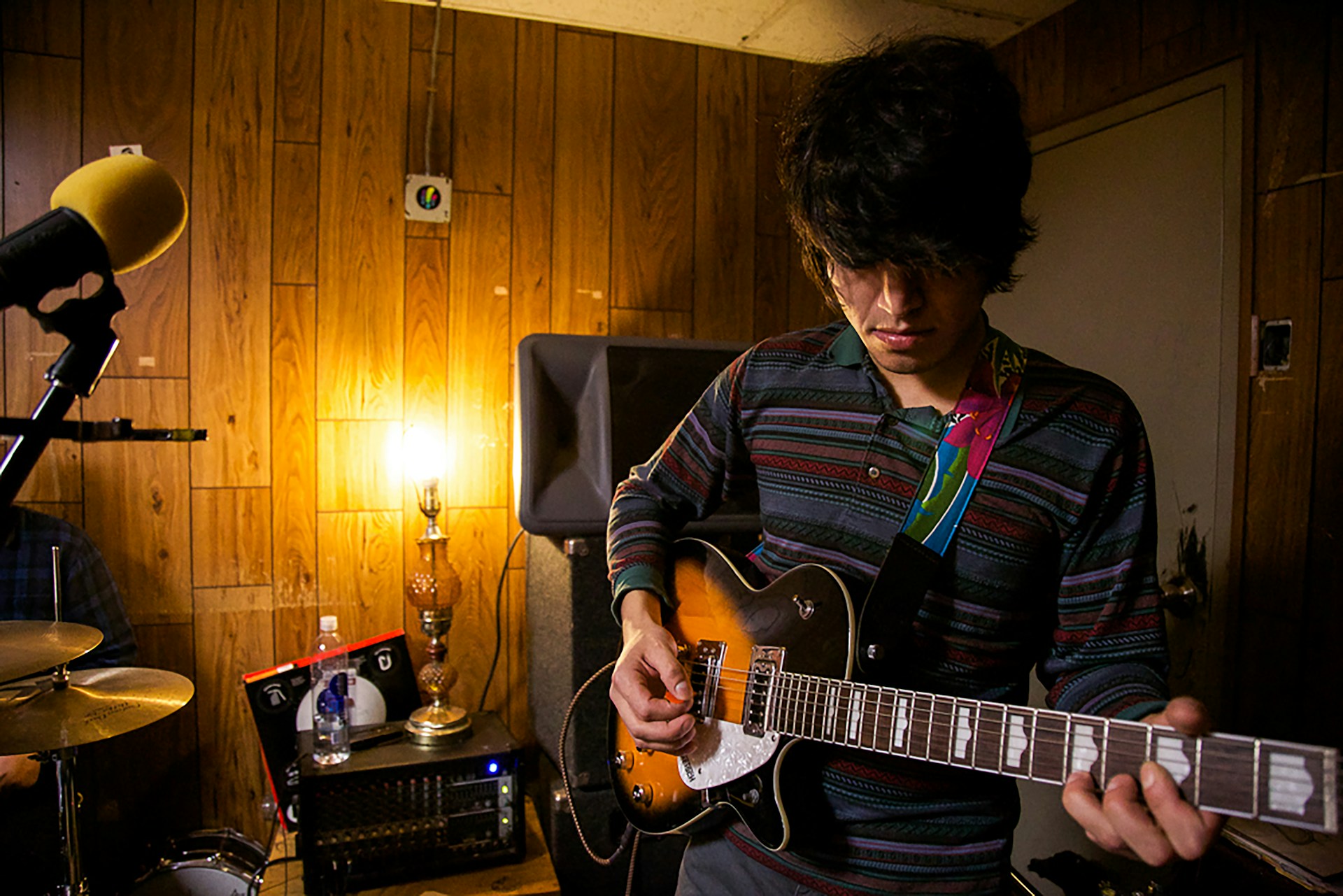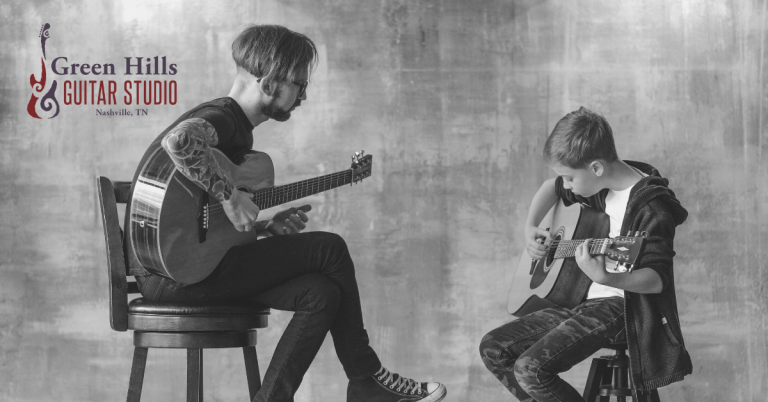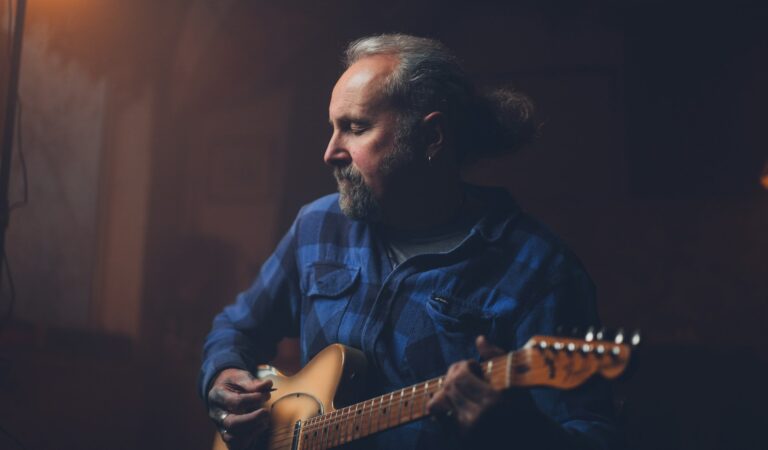Why Musical Limitations Make You a Better Guitarist
If you want to grow as a guitarist, you might assume the answer is to learn more: more chords, more scales, more techniques, more songs. But what if the key to becoming a more expressive, connected, and confident player isn’t in adding more, but in doing less? Welcome to the surprising power of musical limitations.
Whether you’re a beginner overwhelmed by too many choices or an advanced player stuck in habitual patterns, setting clear boundaries in your practice can lead to real breakthroughs. In fact, some of the most creative and emotionally resonant players in history have achieved their sound not through abundance, but through restraint.
The Psychology Behind Musical Limits
Limitations aren’t just obstacles—they’re often the birthplace of style. Django Reinhardt, after losing the use of two fingers in a fire, developed one of the most iconic soloing approaches in jazz history. Kurt Cobain, who lacked advanced technical training, leaned into raw emotion and simplicity, creating riffs and solos that connected across generations. And for many players, financial limits—like having only one guitar, one amp, or a cheap pedal—force them to squeeze every ounce of tone and character from what they’ve got.
As musicians, we tend to chase options: more gear, more scales, more tricks. But too many choices can lead to decision fatigue or surface-level exploration. When you work within a limitation—physical, technical, or circumstantial—you reduce the mental clutter and start listening more deeply. That’s when phrasing, rhythm, tone, and feel rise to the surface. Those are the elements that make a part memorable—not how much ground you covered, but how clearly you said what mattered.
What Does Limiting Yourself Look Like on Guitar?
One of the simplest ways to experience the benefits of limitation is to constrain your physical range. A great example? Practicing improvisation using just two strings at a time.
Take any scale you know—major, minor, pentatonic, modal, doesn’t matter. Now choose two adjacent strings (for example, G and B), and improvise using only the notes available on those two strings in your scale.
At most, you’ll have six or seven notes. That’s it.
Now your brain isn’t focused on covering the entire fretboard. It’s focused on expression. How you bend that note. How you repeat a phrase. How you use silence. How you build a call and response.
And that’s where the real music lives.
The “Less is More” Philosophy in Music History
This idea isn’t new. Some of the most iconic musicians in the world have used limitations to define their sound:
- B.B. King made a career using a handful of notes, played with emotional depth that no scale-chaser could match.
- The Edge of U2 built entire atmospheres using minimal note choices and heavy delay.
- Miles Davis famously said, “It’s not the notes you play, it’s the notes you don’t play.”
- John Frusciante, of Red Hot Chili Peppers, stripped down his playing to allow more space and melody.
In all of these cases, the musician chose limitation. And in that choice, they found identity.
Practical Ways to Use Limitations in Your Practice
If you’re ready to try it for yourself, here are five ways to apply musical limitations to your guitar practice starting today:
1. Two Strings, One Scale
Pick any scale (major, minor, pentatonic, etc.) and limit yourself to two strings. Stick with them for five minutes. Then switch to two different strings. Focus on repetition, space, and rhythmic variation. Check out this lesson from Green Hills Guitar Studio instructor Ryan Harris Brown for some tips on how to get started with two-string soloing.
2. Use Vibrato and Articulation to Add Personality
Vibrato, bends, slides, and other subtle inflections are more than just techniques—they’re where personality lives in your playing. These details communicate feel and intention in ways that scales and speed never can. Instead of defaulting to constant vibrato or flashy phrasing, try limiting your use and listening closely to how each inflection shapes a phrase. The right nuance, placed deliberately, adds identity to your sound. For a deeper look at vibrato, check out this video from Sam Farkas on how to refine it with control and clarity.
3. Go Beyond Strumming Patterns
Strumming patterns can be helpful, but relying on them too early can block your rhythmic development. Instead of memorizing up-down sequences, focus on the feel of the groove—the pulse, space, and movement behind the strum. Think of your strumming hand like a drummer’s hi-hat: it keeps time, adds texture, and responds to the music. In this video, Sam Farkas shares how to rethink strumming in a way that builds real rhythmic confidence and expression.
4. Practice at Half Speed
Slowing down is one of the most powerful musical limitations you can apply. When you practice at half speed, you’re no longer chasing tempo—you’re paying attention to tone, articulation, and feel. This kind of focused restraint builds control and clarity, and helps you internalize what your hands and ears are actually doing. Gradually increasing tempo from this place of awareness results in cleaner, more expressive playing. Here’s another video from Ryan Harris Brown about how to practice this concept.
5. Solo on a Single String
Limiting yourself to one string forces you to think differently about phrasing, melody, and movement. With no vertical options, you’re challenged to create interest through rhythm, space, and subtle articulation instead of note variety. It’s a powerful way to focus your ear and develop musical instincts, especially when learning to improvise. In this video, Sam Farkas walks you through how soloing on one string can open up new creative pathways on the guitar.
The Emotional Impact of Playing With Limits
Musical limitation isn’t just a practice technique—it’s a path toward emotional honesty.
When you take away the ability to “show off” with speed or complexity, you’re left with just your touch, timing, and feel. This forces you to listen more deeply, to think melodically, and to focus on what you want to say rather than how flashy you can say it.
Many players report feeling more emotionally connected to their instrument when practicing this way. It becomes less about playing guitar and more about making music.
How Limitation Builds Confidence
Confidence on the guitar doesn’t come from knowing 50 scales. It comes from knowing one or two things so well that you can express yourself clearly, with feel, in any context.
When you intentionally practice with fewer options, you master those options. You begin to see how notes relate, how phrasing works, and how less can truly be more. This depth builds real fluency—the kind that carries into any jam, solo, or song.
Want Help Making Your Guitar Practice More Effective?
At Green Hills Guitar Studio in Nashville, we help students of all levels build practical skills, creative confidence, and deeper musicality.
Whether you’re just getting started or looking to break out of a rut, our instructors can show you how to simplify your practice in ways that lead to real growth. Guitar lessons are available in-person or online, with personalized instruction designed to meet you where you are.






